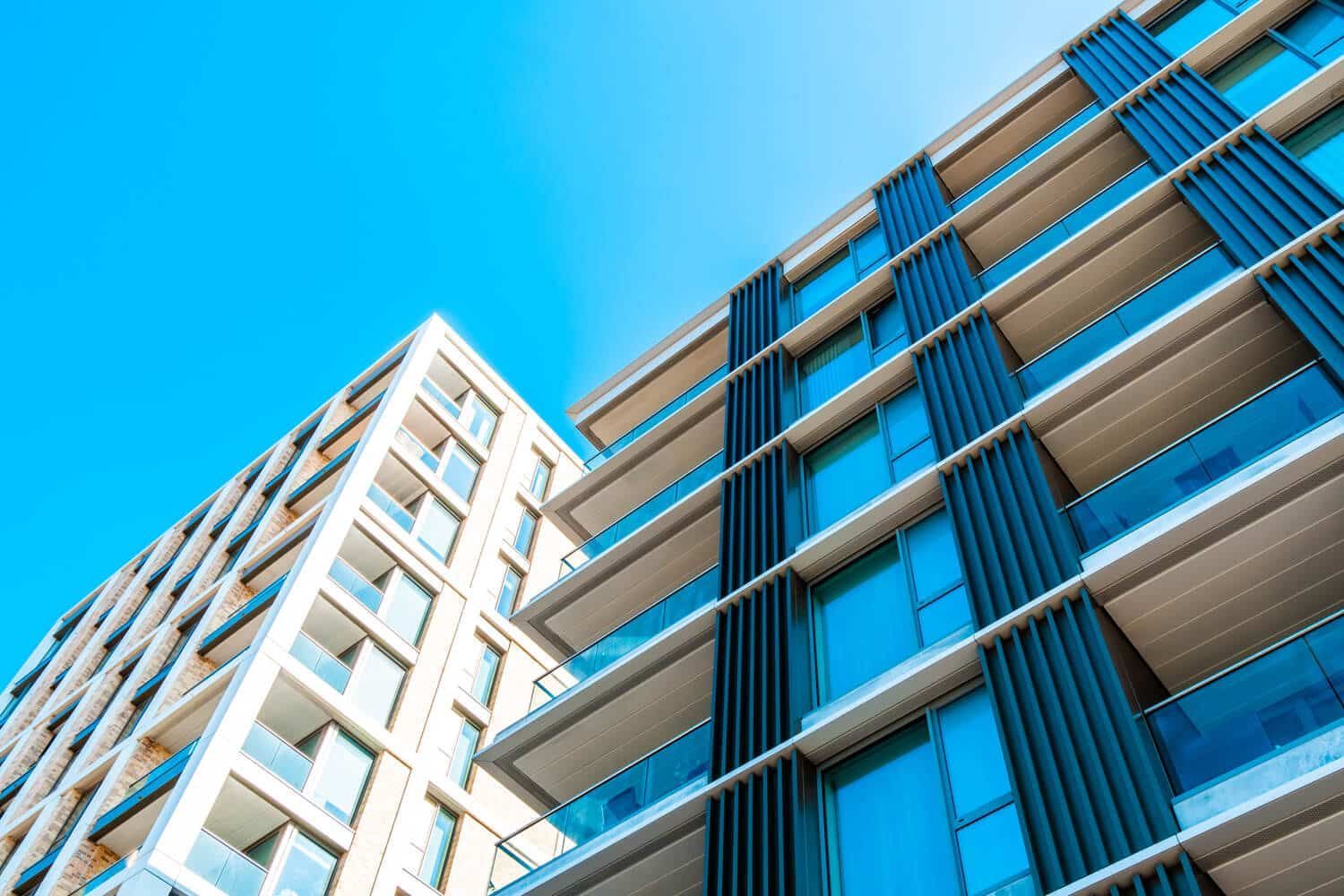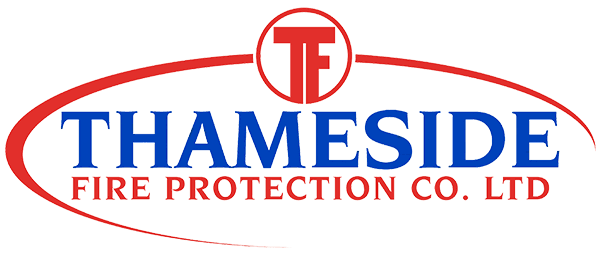The Unique Fire Safety Challenges of High-Rise Buildings

The nature of a high-rise building immediately poses more fire safety risks than a single-storey building. Whether an office block or an apartment building, there are likely many occupants or visitors at any given time. Since fire rises and catches easily, it can spread upwards at an alarming rate, putting the lives of people in the building at risk. For this reason, it is paramount that high-rise buildings maintain proper fire protection to mitigate fire risks.
Read on to learn more about the particular fire safety challenges of high-rise buildings, gaining insights into how these should be managed with professional fire safety services.
What Is a High-Rise Building?
In the UK, a high-rise building is classified as one that is 22 metres or taller. As these buildings increase in height, so does their architectural and structural complexity, posing greater fire safety risks.
Fire and Smoke Spreads Rapidly
The vertical layout of high-rise buildings increases the risk of fires and smoke spreading rapidly. Staircases and lift shafts can fill with smoke, making them dangerous passageways. Fire emergencies, like the Grenfell Tower Disaster in 2017, demonstrated how improper cladding can create deadly smoke that travels quickly in high-rise buildings, putting many lives at risk.
A fire risk assessment must be conducted to identify dangers like combustible cladding and replacing it with fire-resistant materials. To further decrease fire safety concerns, the building should be equipped with fire suppression systems like fire alarms and sprinklers to contain fires. Additionally, compartmentalisation using fire barriers and pressurised areas can help to limit smoke from rising to slow the spread of smoke.
Mass Evacuation
Evacuation within high-rise buildings is challenging. Often, warning signs like fire alarms are ignored, as people assume they must be faulty. Some individuals require multiple cues, including alarms, smoke or flames, before attempting to evacuate the building. By this time, it may be difficult to do so if the fire has obstructed the staircase.
To ensure a fast and safe evacuation, staircases leading to emergency exits should be strategically placed, signposted and remain unobstructed. Fire service access lifts with emergency voice alarm systems also assist first responders in beginning emergency coordination, guiding occupants out of the building and fighting the blaze.
Water Pressure and Fire-Fighting Issues
The vertical height of high-rise buildings makes it difficult to put out the fire. Higher water pressure is required for water to reach the upper levels of the building and extinguish flames. However, this is complicated by the fact that excessive water pressure can damage sprinkler systems.
To resolve this problem, water pressure should be divided into safe zones. Pressure-reducing valves can maintain safe pressure throughout the building. Installing fire pumps ensures that pressure is regulated on each floor to ensure fire fighting systems remain functioning and do not become overloaded.
Thameside Fire Protection
At Thameside Fire Protection, we provide comprehensive fire safety services to improve safety in residential and commercial properties. Specialising in fire protection, we conduct expert fire risk assessments, fire safety solutions and reliable fire safety equipment to ensure compliance with regulations and protect lives and property. For reliable fire safety services you can trust, get in touch with our team today!

